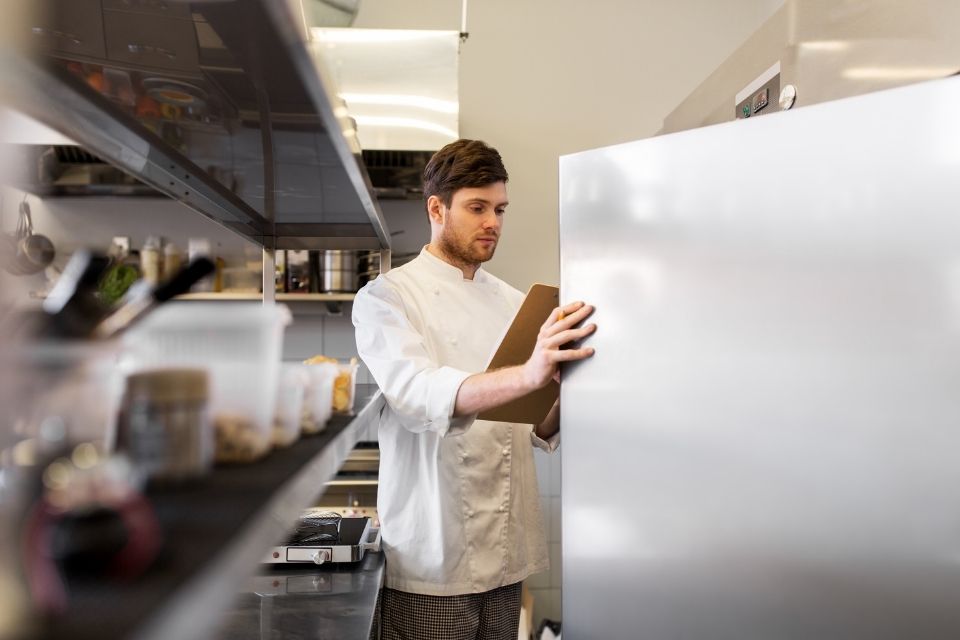As a restaurant owner, there’s almost nothing worse to witness than the process of throwing away unused food. But, when your storage equipment breaks or inventory reaches the end of its shelf life, sometimes creating food waste can seem inevitable. To learn some convenient and simple ways restaurants can reduce food waste, continue reading our blog below.
Check Before You Waste
One of the most common mistakes businesses make when clearing out ingredients from inventory shelves is throwing away products too soon. Although some foods do have a limited shelf life, other products last longer than people may think.
The Common Ingredient You Don’t Know You’re Wasting
For example, raw honey is one of the most commonly wasted ingredients thrown out by restaurants and consumers. Unfortunately, people often interpret raw honey’s crystallized texture as a sign of spoiled and inedible honey.
However, this common raw honey misconception is not accurate. In fact, raw honey does not spoil at all when stored correctly. Therefore, before cleaning out inventory shelves, restaurant owners must know these common food facts to prevent unnecessary waste.
Routinely Inspect Storage Equipment
It’s every restaurant owner’s worst nightmare that a storage freezer will stop working. But unfortunately, this nightmare is a common reality. Whether the result of interfering weather or an unexpected failure in an old piece of equipment, many restaurants have had their storage freezers malfunction.
When this happens, mass amounts of food ultimately have to be thrown away since it is no longer safe to serve. Not only is this wasteful, but throwing away these mass amounts of inventory is also a major profit loss for owners.
How Inspections Prevent Food Waste
Luckily, holding routine inspections of storage equipment can help to eliminate these occurrences. When your freezer, cooler, and other storage equipment are up-to-date and functioning efficiently, this equipment will be less likely to cause issues.
Don’t neglect to inspect and upgrade your storage equipment. Instead, avoid future food waste and keep your machinery upgraded and efficient.
Donate Leftovers
If you run a restaurant or bakery and you’re stuck with a surplus of food after closing hours, consider donating your leftovers to a charity or organization. With so many families needing access to food, there’s no reason not to donate your business’s leftovers rather than throwing this food away.
When you donate your restaurant’s leftovers to your community, you not only eliminate a large section of your business’s waste, but you also become more connected to the patrons of your community.
Rethink Your Menu
Sometimes customers simply do not crave certain foods on your menu. If you notice that the same handful of foods and ingredients are part of your restaurant’s food waste surplus, then it may be time to rethink your menu.
Conduct studies on the least commonly ordered recipes on your menu, then consider how you can reduce the amount of food and ingredients allotted for these meals. Your restaurant should ultimately end up with less food waste if you follow this process.
The Takeaway
These are just a handful of the ways restaurants can reduce food waste. While food waste can be challenging to keep under control, these tricks prove that there are plenty of solutions to this waste management problem.
Restaurant owners must look over these tips and consider adopting some of these practices into their own establishments. Implementing these smart and eco-conscious practices will make your restaurant more sustainable and help you gain a greater appreciation from your customers and community.

